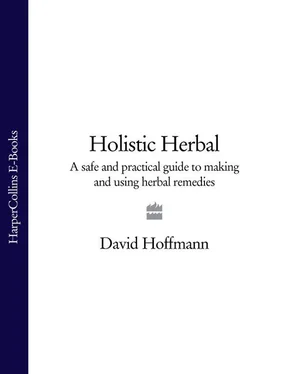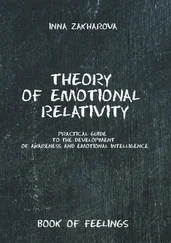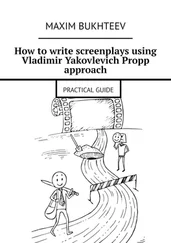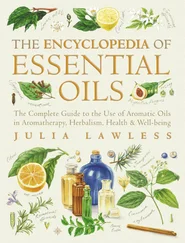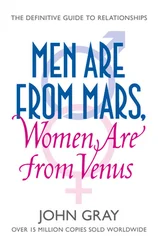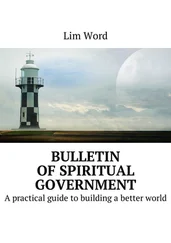| Aniseed |
Boneset |
| Black Willow |
Burdock Root |
| Cayenne |
Celery Seed |
| Chamomile |
Cleavers |
| Coltsfoot |
Comfrey |
| Dandelion |
Echinacea |
| Elder |
False Unicorn Root |
| Marshmallow |
Meadowsweet |
| Nettles |
Peppermint |
| Senna |
Skullcap |
| Thyme |
Valerian |
| Wormwood |
Yarrow |
| Yellow Dock |
|
In addition to these specific herbs, it will be helpful to have the following in the form of ointments:
Arnica Chickweed Comfrey Marigold
Distilled Witch Hazel , obtainable from chemist shops, should also be included.
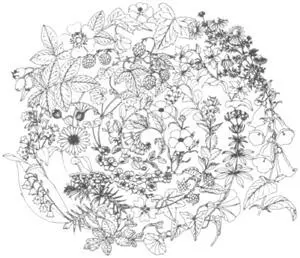
We are on a quest, individually and collectively, to create wholeness within ourselves and within all of our life, to find it within ourselves and to release it—a process of communion and education. What is created will not be separation, conflict and diversity among peoples, but wholeness, oneness, peace, a new earth for humankind that reflects the oneness and wholeness of the earth that has always been.
David Spangler
In the hands of a holistic healer, who works with the life force and with the integrated whole that the body represents, herbs are a powerful tool. In this book I would like to present a context for holistic herbalism. There is the need for a new kind of herbal which goes beyond the more common medicinal approach where herbs are listed alphabetically, prior knowledge is assumed or symptoms are listed with their appropriate remedies. While herbs can be used effectively to treat symptoms, such an approach is just an organic form of drug therapy if we do not take the whole person into account. I offer this book to all who use herbs, all who work in healing, and all who are growing in ecological awareness.
In the holistic approach to healing we can see how ‘all disease is the result of inhibited soul life, and that is true of all forms in all kingdoms. The art of the healer consists in releasing the soul so that its life can flow through the … form’. * Any illness is a manifestation of dis-ease within the whole being. To truly heal, we need to look at the interconnectedness and the dynamic play of all the parts in the whole—the physical, emotional and mental bodies and the enlivening presence of the soul. And then we need to further expand our view and see this wholeness as part of a greater whole: the person’s group, humanity, the entire planet, as all these work together in a dynamic, integrated system.
This ideal may be daunting, but it is an opportunity and a gift to explore this vision and to bring it through into reality. There are many new approaches today to healing, with differing attitudes and terminologies, and together they contribute to a planetary change. As the Tibetan in Alice Bailey’s mystical writings says: “There is no school in existence today which should not be retained. All of them embody some useful truth, principle or idea. I would point out that a synthetic group would still be a separative and separate entity, and no such group is our goal. It is the synthesis of the life and of the knowledge which is desirable. There will be eventually, let us hope, hundreds and thousands of groups all over the world who will express this new attitude to healing, who will be bound together by their common knowledge and aims, but who will express this to the best of their ability in their own particular fields, in their own peculiar way and with their own peculiar terminologies.” *
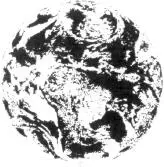
Herbs are part of our total ecology and as such lend themselves to us to integrate and heal our physical bodies. By taking the wider context of the whole being into consideration we see how this inner shift towards holism reflects a global shift, a realignment throughout. As we move into the New Age, a great exploration of consciousness is under way, an exploration we are all involved in. The use of herbs can be a tool of growing consciousness, to recognise holism. In healing we must take the whole being of the patient into our awareness, including the context of their life. We ask patients to look at how to make their environment, habits and activities life-supporting, and by doing this we contribute to a change of consciousness. And we realise more and more that we have the capacity to create our reality and relationships consciously. As our awareness grows we contribute to the illumination of ourselves and of our world. Our planetary companions, the plants, offer themselves in service to humanity. Perhaps through the recognition of this gift, humanity will at last start to serve our planet appropriately, to bring healing and renewal. I write The Holistic Herbal in the light of this vision.
The great work of today is the recognition of our wholeness, as individuals, as groups, as humanity and as a planetary whole. Perhaps the most exciting symbol of the birth of this vision of wholeness in the heart and mind of humanity was the first photograph of our world taken from space by the Apollo astronauts. This has been with us for over a decade now, acting as a ‘raising agent’ to leaven the consciousness of humanity.
Seeing our world as a whole helps us to recognise that we are at a turning point in humanity’s ‘groping towards the light’, as Teilhard de Chardin has described it. It is now apparent that our world is not just a passive geophysical object where things happen in random-but-fortuitous ways. In fact Planet Earth can be seen as an active participant in the creation of its own story, a living being now given the name of Gaia , a name from Greek mythology for the goddess of earth. Gaia has been described as “… a complex entity involving the earth’s biosphere, atmosphere, oceans and soil; the totality constituting a feedback or cybernetic system which seeks an optimal chemical and physical environment for life on this planet. This maintenance of relatively constant conditions by active control may be conveniently described by the term ‘homeostasis’.” *
What this description implies is that our world is acting as a whole to create and maintain optimum conditions for life to thrive and evolve. An integral part of this development is the evolution of consciousness in its many forms. The opportunity before us now is consciously to recognise and to embrace our role within the greater being of Gaia. This realisation is not new to us; it has been embraced by the mystics of all religions for as long as humanity has searched for mystical truth. However, we have reached a point in the unfoldment of human culture where these insights are becoming the stuff of science, where the ‘spiritualisation of the mundane’ is truly happening.
The revelation of our unity with Gaia provides a new context within which to view our world and our human actions. Whilst the details of our reality as such are not changing, this broadening of perspective changes everything as we become conscious of inter-relationships between parts within the whole. A parallel can be seen in what happened to physics when the theory of relativity was introduced; it did not change the laws of thermodynamics or the specifics of Newtonian physics, but these laws and world view came to be seen within a much wider and more encompassing perception of the world, the implications of which are still not fully grasped.
Читать дальше
